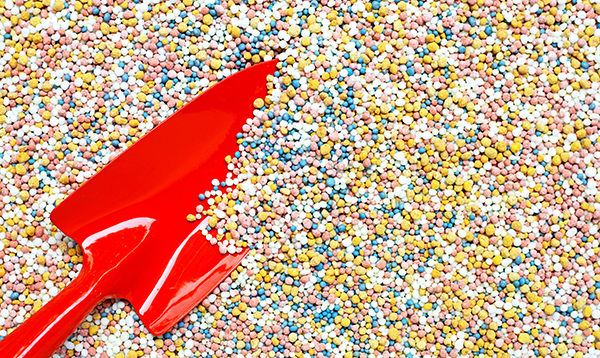
 Compound fertilizer
Compound fertilizer Difficulty
Difficulty1. Hygroscopicity and agglomeration: Compound fertilizer is highly hygroscopic, and it is easy to absorb water when transported in high humidity environment, which makes the surface of particles wet and agglomerated.
2. Corrosiveness: some compound fertilizers contain ammonium sulfate, ammonium chloride and other chemical substances, which will corrode the transport vehicles and loading and unloading equipment, shorten the life of the equipment and increase the cost of transportation.
3. Dust pollution: loading and unloading and transportation, compound fertilizer particles friction collision dust.
4. Transportation safety hazards: Compound fertilizer is a flammable and explosive hazardous chemical, which may explode and burn when it meets high temperature, open fire and impact.
5. Improper storage and stacking: If the storage and stacking are not reasonable during transportation, it will affect the transportation safety and efficiency.

 Solution
Solution1. Moisture-proof and anti-caking: use moisture-proof packaging materials, ensure the sealing of transport carriages, and place desiccant for long-distance transportation.
2. Cope with corrosion: transportation vehicles and loading and unloading equipment selection of stainless steel, glass fiber reinforced plastic and other corrosion-resistant materials.Regular inspection and maintenance.
3. Control dust pollution: loading and unloading using closed equipment, such as sealed conveyor belt, unloading bucket.Transportation vehicles with sealing devices, operators wear protective equipment.
4. Ensure transportation safety: Transportation vehicles meet the requirements of dangerous chemicals transportation, equipped with fire fighting and emergency equipment.
5. Standardize storage and stacking: choose flat, dry and ventilated sites for storage, and lay moisture-proof materials on the ground.Reasonably control the stacking height and reserve the spacing of channels.